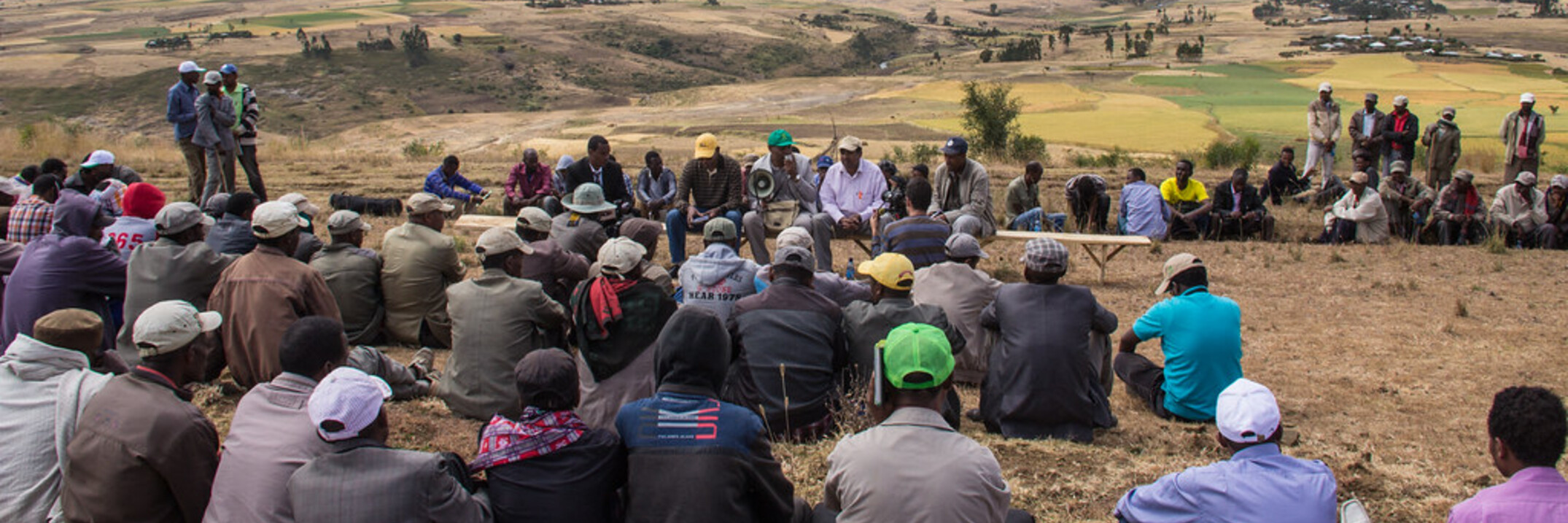Improving drought tolerance has always been an important objective in many crop improvement programs and is becoming more important as one way of adapting crops to climate changes. However, due to its complexity, the genetic mechanisms underlying the...


